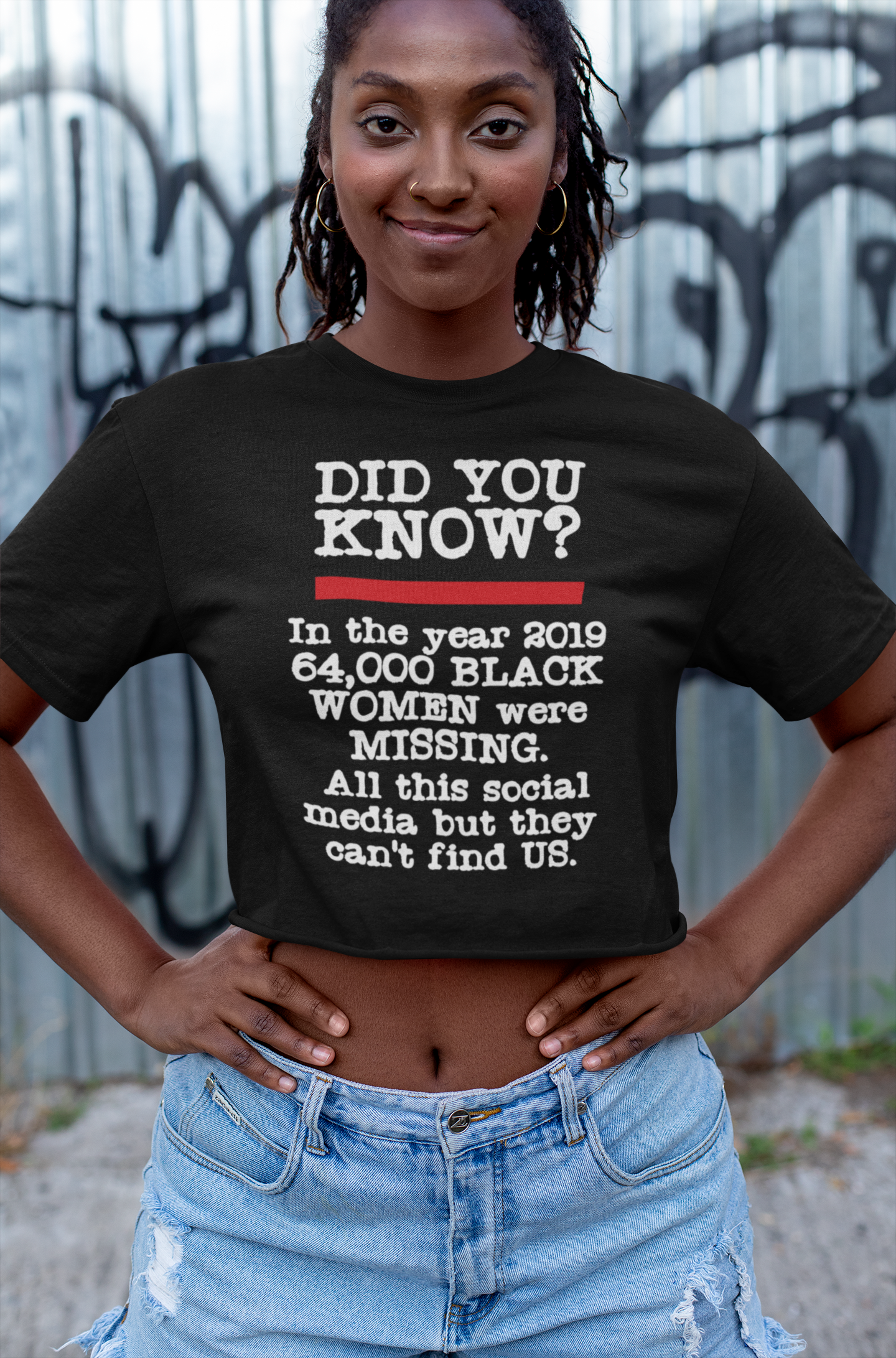The Stats
The Reason Why RacIZm Began
Statistics
(2017) 56,425 black and brown children were suspended in California school systems in one year. 9,000 of those were Pre-k students.
Thornhill, (2018) Studies have found that black students at HPWIs routinely experience white racism in classrooms, residence halls, faculty and academic advisers’ offices, libraries, and other public spaces on and adjacent to campus (Feagin, Vera, and Imani 1996; Harwood et al. 2012; Johnson-Ahorlu 2012; Smith et al. 2016; Solórzano, Ceja, and Yosso 2000; Suarez-Balcazar et al. 2003).
Thornhill, (2018) “good blacks” [who] will think of themselves as people first and black people second (or third or fourth); they will neither “play the race card” nor generate racial antagonism or tensions in the workplace; they will not let white people feel guilty about being white; and they will work hard to assimilate themselves into the firm’s culture. The screening of African Americans along these lines enables the employer to extract a diversity profit from its African American employees without incurring the cost of racial salience. The employer’s investment strategy is to hire enough African Americans to obtain a diversity benefit without incurring the institutional costs of managing racial salience.
2016 report from the University of Pennsylvania, Center for the Study of Race and Equity in Education, found that 13 Southern states (Alabama, Arkansas, Florida, Georgia, Kentucky, Louisiana, Mississippi, North Carolina, South Carolina, Tennessee, Texas, Virginia and West Virginia) were responsible for 55 percent of the 1.2 million suspensions involving black students nationwide. These states also accounted for 50 percent of expulsions involving black students nationally, according to the report, “Disproportionate Impact of K-12 School Suspension and Expulsion on Black Students in Southern States.”
Nittles, (2018) the U.S. distributed with statistics of micro-aggression with children of color.
Mentoring that promotes Black boys’ racial identity may in turn lead to positive effects in other aspects of their lives (e.g., academic outcomes). This process may be facilitated by connecting Black male youth with mentors who have shared life experiences; engaging Black men as mentors has the potential to be useful in this regard, although it should be noted that research to inform the possible merits of this strategy is largely lacking.



